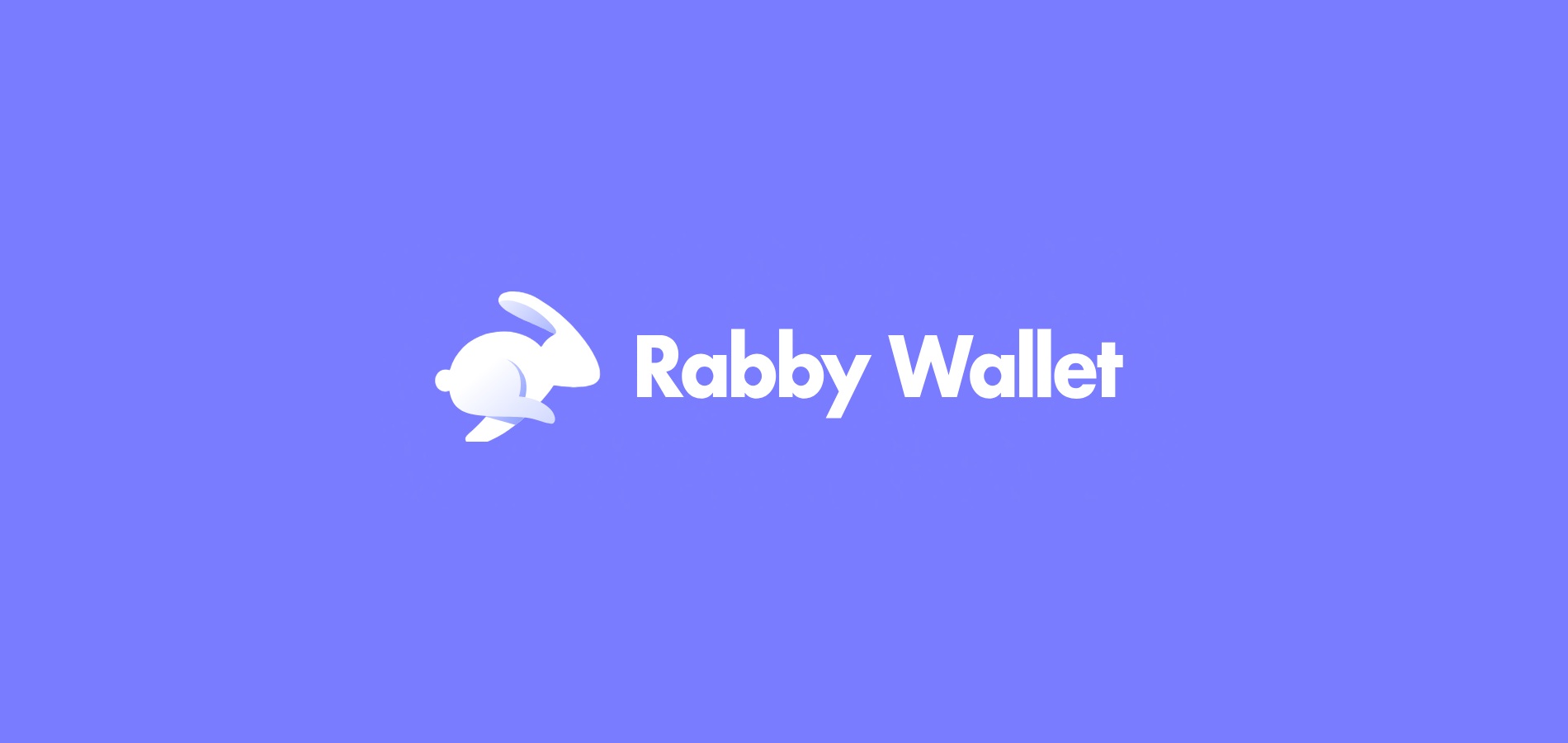Ever feel like juggling different wallets across blockchains is a full-time job? Yeah, me too. Seriously, managing assets scattered across Ethereum, BSC, Polygon, and who knows what else can get overwhelming fast. It’s like trying to keep track of keys for five different houses. Something felt off about the whole setup, so I dove into multi-chain wallets—and honestly, they’re not just a convenience; they’re a necessity now.
Here’s the thing. Multi-chain wallets are supposed to streamline your crypto life by letting you handle assets on various chains within a single interface. But it’s not just about storing coins. The real magic lies in features like cross-chain swaps and transaction simulation. Those two alone can save you headaches and—believe me—real dollars.
Whoa! Cross-chain swaps—sounds fancy, right? At first, I thought it’d be some complicated tech reserved for whales and devs, but nope. Tools like the rabby wallet extension make these swaps surprisingly accessible. You can swap tokens across chains without the usual roundabout steps involving centralized exchanges or bridging through multiple platforms.
Initially, I assumed cross-chain swaps would be slow or risky due to transaction complexity. Actually, wait—let me rephrase that. The risk is real, but the wallet’s built-in transaction simulation helps here. Before you commit funds, you get a preview of what’s about to happen on-chain. It’s like a test drive, which is super clutch when gas fees can be a nightmare.
Hmm… why hasn’t everyone jumped on this yet? Well, on one hand, there’s the learning curve. Though actually, developers have been making big strides simplifying UI/UX. The rabby wallet extension, for example, feels intuitive even if you’re not a blockchain guru.

Transaction Simulation: The Unsung Hero
I’ll be honest, I used to skip transaction simulation because it sounded like extra hassle. But after losing some ETH to failed swaps and unexpected slippage, I changed my tune. With simulation, you basically get a dry run of your transaction. It predicts gas costs, swap outcomes, and potential failures. This pre-check is very very important if you want to avoid those “Oops, I just lost $50 in fees” moments.
Okay, so check this out—transaction simulation isn’t just about saving money, it’s about trust. You know exactly what’s going on before you hit “confirm.” This transparency is a breath of fresh air, especially in DeFi where things move fast and mistakes are costly.
Something else to consider: multi-chain wallets consolidate your experience. Instead of hopping between MetaMask for Ethereum and another wallet for Polygon, you get everything in one place. This reduces friction and actually encourages more active and confident participation in DeFi.
Here’s what bugs me about some wallets, though—they claim multi-chain but are clunky with switching networks or lack reliable cross-chain features. Rabby gets it right by focusing on seamless integration and security, which is no small feat.
Why Rabby Wallet Extension Stands Out
When I first installed the rabby wallet extension, it felt like a breath of fresh air. The UI is clean, not overloaded with jargon, and it supports multiple chains without hiccups. My instinct said this could be a serious player in the DeFi space.
Not to mention, it offers transaction simulation right within the wallet, so there’s no need to rely on external tools. This integration reduces the risk of making mistakes due to conflicting data or outdated info. Plus, the cross-chain swap feature works smoothly, which, honestly, surprised me the most.
On one hand, some users might hesitate, fearing that multi-chain wallets could compromise security. Though actually, Rabby has put a lot of thought into privacy and non-custodial design. Your private keys never leave your device, which is exactly how it should be.
Another thing—support for EVM-compatible chains means you get broad coverage without juggling too many different wallets. For serious DeFi users, this is a huge time-saver and sanity saver.
By the way, if you’re curious, the rabby wallet extension is available for popular browsers and installs in minutes. It’s kinda like upgrading your crypto toolkit without a steep learning curve.
Some Final Thoughts
Honestly, I’m still feeling out all the nuances of multi-chain wallets. The space is evolving so fast that what’s cutting-edge today might be standard tomorrow. But I’m convinced that cross-chain swaps and transaction simulations are here to stay. They address real pain points that have long frustrated DeFi users.
And hey, if you’re like me—tired of bouncing between wallets and dreading unexpected gas fees—checking out something like the rabby wallet extension could be worth your while. No hype, just solid features that actually help.
So, what’s next? Well, I’m keeping an eye on how these wallets handle emerging chains and layer-2 solutions. Oh, and by the way, I’m curious about how future updates might further simplify cross-chain experiences. The crypto world never stops moving, and neither do the tools we use.
Anyway, if you’re navigating DeFi waters, multi-chain wallets aren’t just a nice-to-have—they’re quickly becoming essential. Dive in cautiously, but don’t get left behind.
